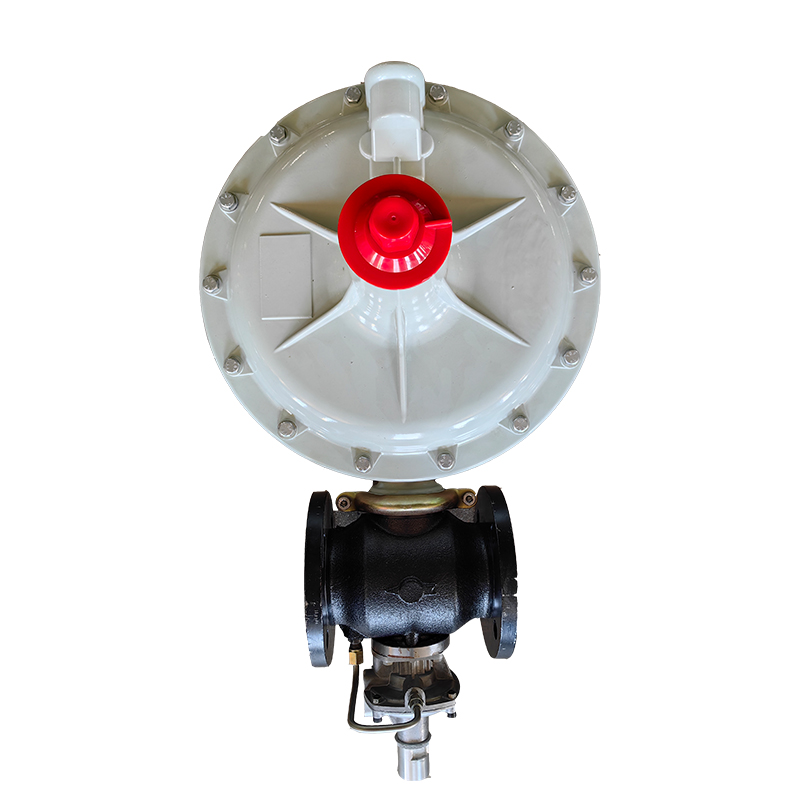
Nov . 14, 2024 10:07
Back to list
صمام التنفيس
The Importance of Relief Valves in Industrial Applications
In the realm of industrial operations, maintaining safety and efficiency is paramount. One critical component that plays a crucial role in achieving these objectives is the relief valve, known in Arabic as صمام التنفيس (samma al-tanfis). This essential device is designed to protect systems from overpressure conditions that could lead to catastrophic failures or accidents.
Relief valves function by providing an escape for excess pressure that builds up in a system, whether it be in piping, tanks, or other pressurized containers. When the pressure exceeds a predetermined limit, the relief valve opens automatically, allowing the pressurized fluid or gas to vent safely. This process not only prevents potential explosions or ruptures but also helps in maintaining operational efficiency by protecting equipment from damage.
There are several types of relief valves, including spring-loaded, weight-loaded, and pilot-operated variants. Each type has its unique operational principles and suitability for different applications. For instance, spring-loaded relief valves are commonly used in various industries due to their simplicity and reliability. They are typically found in steam boilers, gas tanks, and chemical processing systems.
In contrast, pilot-operated relief valves are more complex and can handle larger flow rates, making them suitable for high-capacity systems. These valves utilize a secondary pressure sensing system that provides precise control over the opening and closing of the valve, ensuring that pressure remains within safe limits. This advanced mechanism enhances operational safety and optimizes system performance.
صمام التنفيس

The selection of a relief valve must take into account several factors, including the type of fluid being handled, the required pressure settings, and the specific application. It is crucial to ensure that the relief valve is correctly sized to handle the maximum expected flow rates. An oversized valve may lead to excessive venting, while an undersized valve may not relieve enough pressure, leading to potential failure.
Moreover, regular maintenance and testing of relief valves are essential to ensuring their proper functioning. Over time, factors such as corrosion, wear, and debris accumulation can affect their performance. Scheduled inspections and maintenance protocols help identify and address wear and tear, ensuring that the valves remain operational when needed.
The role of relief valves extends beyond just safety; they also contribute to operational efficiency. By preventing excessive pressure buildup, these valves help maintain optimal operating conditions, thereby prolonging the life of equipment, reducing downtime, and minimizing energy waste. In industries where materials are costly, this efficiency translates into significant economic benefits.
In conclusion, the importance of relief valves, or صمام التنفيس, in industrial applications cannot be overstated. Their ability to manage pressure and enhance safety makes them an indispensable part of any pressurized system. By understanding their function, types, and maintenance requirements, industries can ensure safer operations and improve overall efficiency. As technology advances, the design and functionality of relief valves continue to evolve, paving the way for even greater reliability and performance in the future.
Next:
Latest news
-
Safety Valve Spring-Loaded Design Overpressure ProtectionNewsJul.25,2025
-
Precision Voltage Regulator AC5 Accuracy Grade PerformanceNewsJul.25,2025
-
Natural Gas Pressure Regulating Skid Industrial Pipeline ApplicationsNewsJul.25,2025
-
Natural Gas Filter Stainless Steel Mesh Element DesignNewsJul.25,2025
-
Gas Pressure Regulator Valve Direct-Acting Spring-Loaded DesignNewsJul.25,2025
-
Decompression Equipment Multi-Stage Heat Exchange System DesignNewsJul.25,2025

